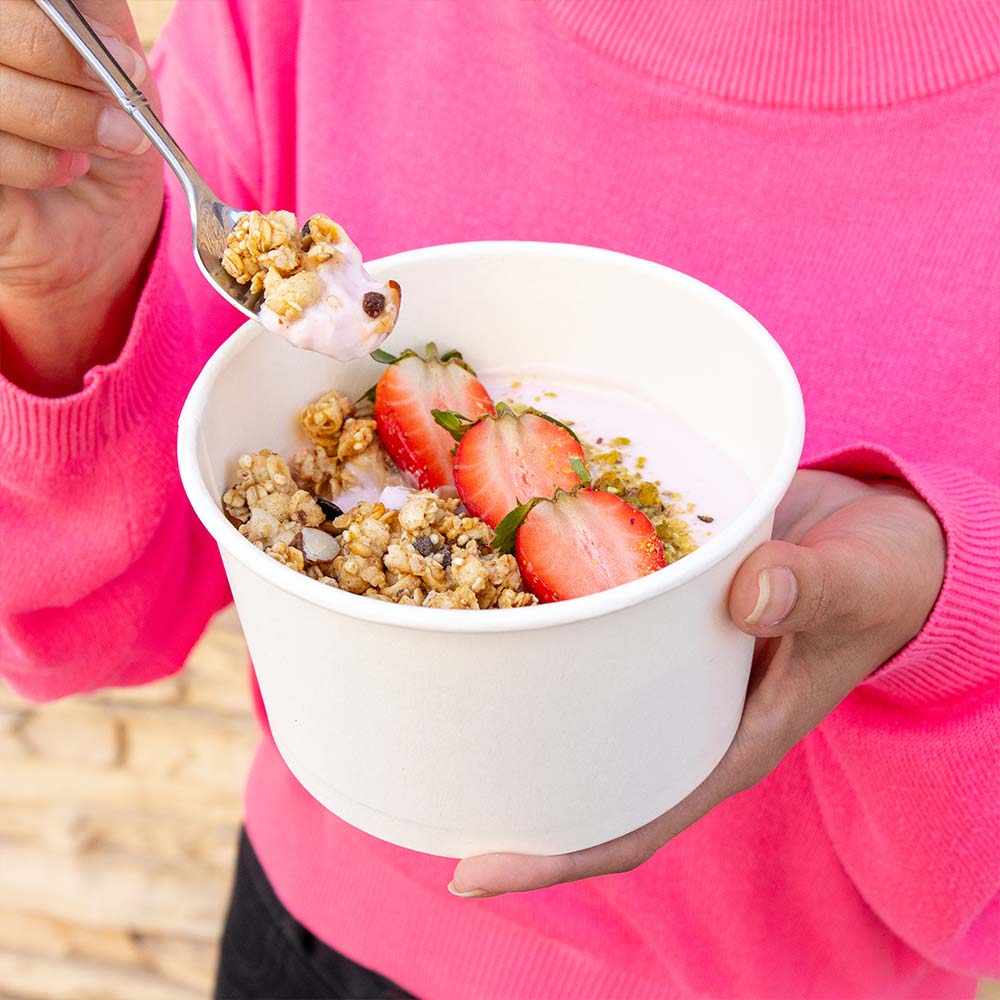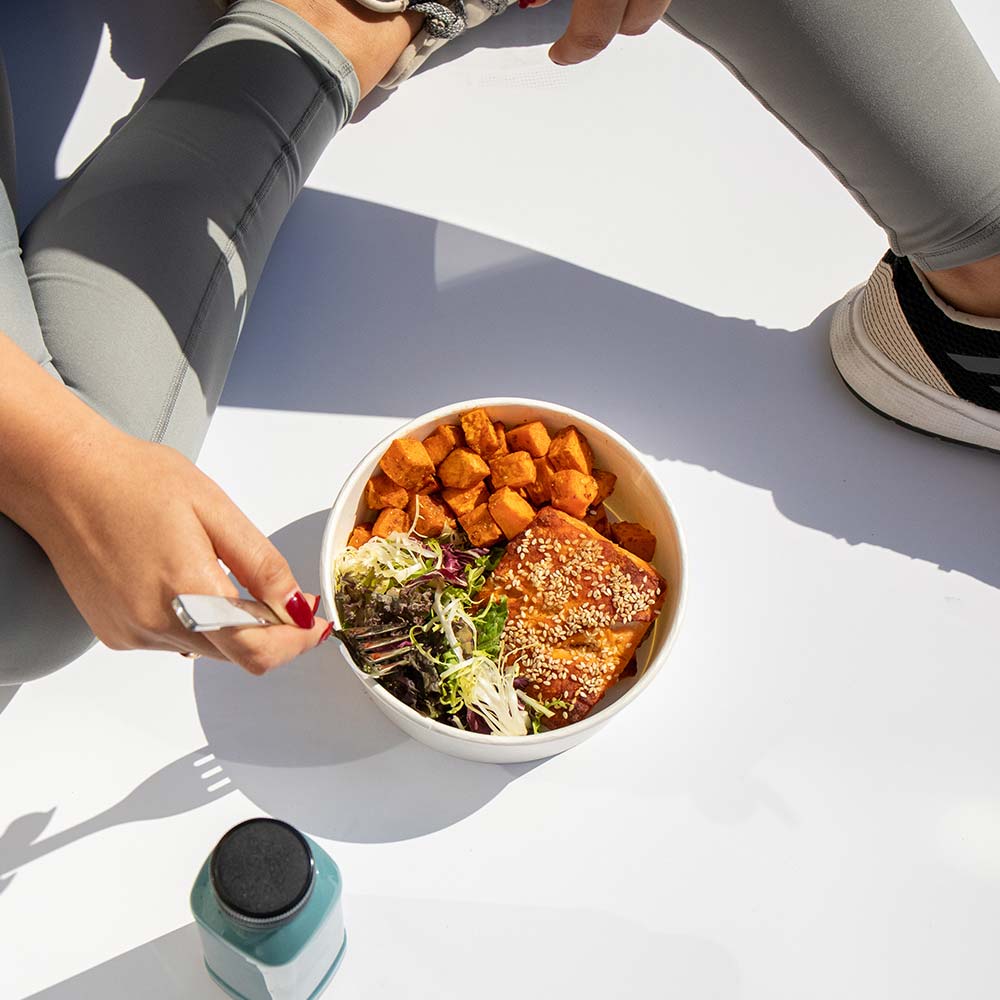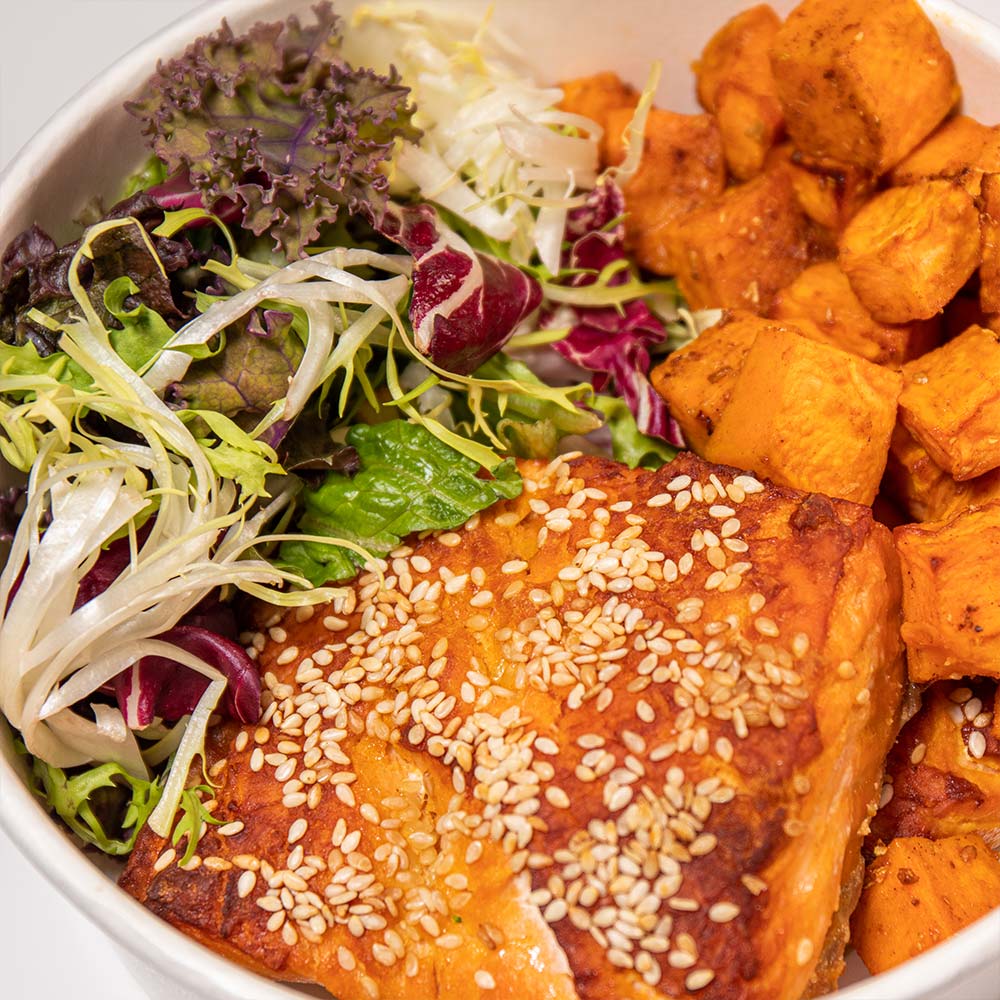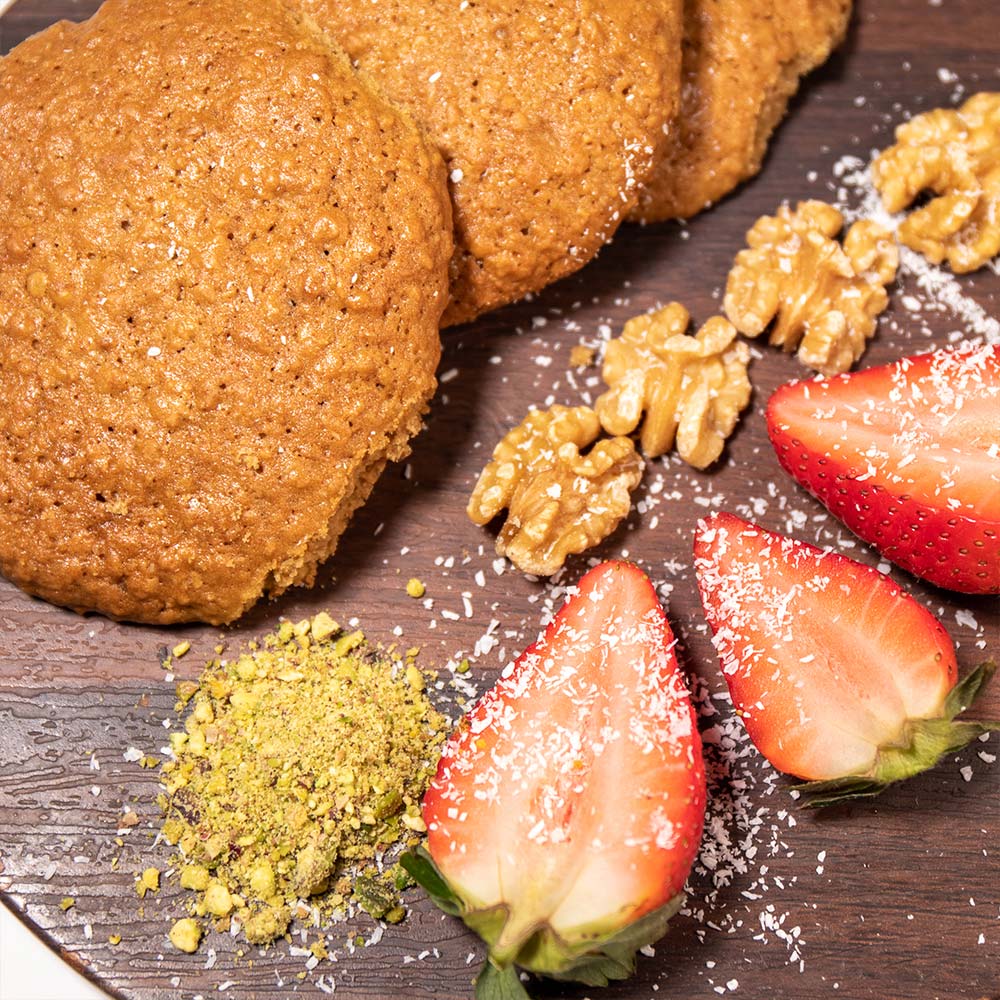It sometimes can be overwhelming to start with a gluten-free
diet whether you are a first-timer or not. If you have been advised by your
doctor to start a gluten-free
diet or if you simply want to try a brand new way of meal planning and
cooking for any reason, it is better to start your journey using a
tried-and-true meal plan. Below is a 7-day gluten-free meal plan for beginners
with easy, healthy and tasty gluten-free meals that do not require rocket
culinary skills to prepare.
Why Go Gluten-Free?
Gluten-free dieting means avoiding food containing glutens
which are proteins found in wheat, barley and rye. For people who have celiac
disease, gluten causes an immune reaction that leads to damage to their small
intestine. Other people may have a gluten intolerance and consequently complain
of feeling bloated, tired, or get headaches. On the uptake, people appreciate
the benefits of going gluten-free, these include better digestion, increased
energy, and exposure to a variety of foods.
Getting Started with a Gluten-Free Diet
When you’re starting on the gluten-free diet, you need to
make some changes, for example, you have to start reading labels and make sure
that your kitchen is clean from gluten. Now, for the good news- the majority of
foods are naturally gluten-free and include fruits, vegetables, lean protein,
nuts, seeds, and gluten-free grains including quinoa, rice and oats (if labeled
as such). You want to stick to eating whole grains, fruits and vegetables, lean
protein and limit processed foods while meal planning will ensure that you get
to feed on a balanced diet.
7-Day Gluten-Free Meal Plan
Here’s a beginner-friendly, nutritionally balanced 7-day
gluten-free meal plan to kickstart your journey:
Day 1
- Breakfast: Spinach scrambled eggs and gluten-free toast.
- Lunch: Early: Grilled chicken with a side of mixed greens,
cherry tomatoes, cucumber and olive oil dressing.
- Snack: Apples served with almond butter.
- Dinner: Grilled salmon stuffed with herbs, homemade quinoa,
and steamed Broccoli.
Day 2
- Breakfast: Greek yogurt with fresh berries and gluten-free
granola.
- Lunch: Lentil soup and gluten-free crackers.
- Snack: A small bag of almonds, cashews, peanuts, and such others
together with some raisins.
- Dinner: Grilled turkey burgers without bun, lettuce-wrapped
served with sweet potato fries.
Day 3
- Breakfast: Oatmeal without any grains containing gluten
served with sliced bananas and accompanied by chia seeds and, of course, honey.
- Lunch: Shrimp, avocado and vegetables wrapped in rice paper
served with a gluten-free soy sauce.
- Snack: Carrot sticks with hummus.
- Dinner: This entrée shall be sauteed tofu with assorted
vegetables served with gluten–free tamari sauce over brown rice.
Day 4
- Breakfast: Mango, spinach and almond milk blended and served
with a gluten-free granola on top of the mango, spinach smoothie bowl.
- Lunch:
Grilled-chicken-with-balsamic-fig-glaze-and-potato-salad.
- Snack: Salted boiled eggs.
- Dinner: Grilled chicken with steamed cauliflower and fried
green beans.
Day 5
- Breakfast: Avocado with gluten-free bread with a poached egg
in the middle of it.
- Lunch: Turkey meatball with gluten-free zucchini noodle
marinara sauce.
- Snack: An S one rice cake eaten with spread and thin-sliced
strawberries.
- Dinner: Shrimps in polenta and vegetable of the season –
sautéed spinach.
Day 6
- Breakfast: Separate plate of cottage cheese topped with
pineapple pieces and sunflower seeds.
- Lunch: Grilled chicken, lettuce, and tomatoes with a side of
Greek yogurt served in a gluten-free wrap.
- Snack: A gluten-free cracker that’s served with guacamole.
- Dinner: Beef and vegetable stew with gluten-free pasta.
Day 7
- Breakfast: Gluten-free flour banana pancakes garnished with maple
syrup.
- Lunch: Grilled vegetables and goat cheese salad enhancement
with balsamic reduction.
- Snack: Small pieces of dark chocolate and ripe red
raspberries.
- Dinner: Grilled cod with wild rice as well as roasted
Brussels sprouts.
Tips for Staying Gluten-Free
1. Read Labels: When purchasing food always read the label
because gluten may be listed under such names as malt, modified food starch or
hydrolyzed vegetable protein.
2. Plan: Prepare food in advance for the week so they
won’t be tempted to snack on gluten-containing processed foods.
3. Experiment with Gluten-Free Alternatives: You also need
to avoid wheat and many other grains, you can replace them with gluten-free
flours like almond, coconut, rice flour, quinoa or buckwheat among others.
4. Avoid Cross-Contamination: Own a set of utensils, cutting
boards as well as toasters from those used in the preparation of regular meals
in case you share your kitchen with other people.
Conclusion
Starting a gluten-free lifestyle isn’t so hard. But it is
possible to eat lots of tasty, nutritious food even when you’re avoiding gluten
– as this 7-day gluten-free meal plan proves. This is especially true of
focusing on whole products, finding interesting dishes containing gluten-free
ingredients, and constantly having offline preparations. New clients will find
this plan useful because it will guide them in managing this change and adding value to their lives while enhancing their culinary prospects.
The moment you decide to read labels and choose only gluten-free meals, you are not only being healthier but making yourself
eligible for some incredibly delicious meals. And so, going gluten-free is a
process – one bite at a time you are creating a better life for yourself. Have
fun, do it, and be happy with your gluten-free life!






























